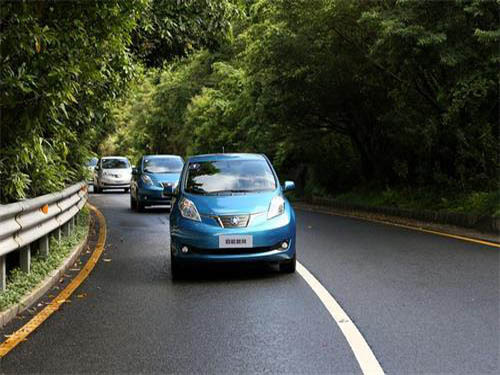
On December 30, 2014, the Ministry of Finance, the Ministry of Science and Technology, the Ministry of Industry and Information Technology, and the National Development and Reform Commission jointly issued the "Notice on the Financial Support Policy for the Promotion and Application of New Energy Vehicles for 2016-2020" (Consultation Draft), stating that in order to maintain policy continuity, The new energy automobile industry will accelerate its development and will continue to implement the subsidy policy for the promotion and application of new energy vehicles in 2016-2020.
The subsidy policy for 2013 is the subsidy of pure electric passenger cars with mileage of 80-150 km and less than 35,000 yuan; subsidy of 150-250 km and subsidy of 50,000 yuan; subsidy of over 250 km for 60,000 yuan; and subsidy for plug-in type (above 50 km) 3.5 Ten thousand yuan. The subsidy standards have been changed (taking into account the slope-reduction mechanism in 2014 and 2015), the minimum requirements for pure electric mileage have been raised, with subsidy below 100-150 km 32,000 yuan, and subsidy below 150-250 km 45,000 yuan A subsidy of over 55,000 yuan for 250 kilometers and a subsidy of 32,000 yuan for a plug-in type (above 50 kilometers).
The consultation draft points out: “In order to speed up the process of industrialization and encourage advantageous enterprises to reduce costs through large-scale production, the subsidy standards for fuel vehicles other than fuel cell vehicles will be properly degraded from 2016 to 2020, of which: pure electric vehicles in 2017, plug-in hybrids. The power vehicle subsidy standard has dropped by 10% on the basis of 2016, and the subsidy standard for 2019 will further decrease by 10% on the basis of 2017. Similar regulations were also issued in the relevant notification in September 2013: “In 2014 and 2015, pure electric The subsidy standards for passenger cars, plug-in hybrids (including incremental trains), passenger cars for pure electric vehicles, and fuel cell vehicles fell by 10% and 20%, respectively, on the basis of the 2013 standard."
After the relevant notification and multiple incentive policies were introduced in 2013, the development of new energy vehicles accelerated and the sales volume doubled, but there was still a large gap from the original target of the central government.
Wang Binggang, head of the electric vehicle expert group of the Ministry of Science and Technology, once said that the task of promoting 336,000 vehicles in 2015 is likely to fail, so the new subsidy scheme is an important policy support for new energy vehicles. On the other hand, the performance of different manufacturers in the development of new energy vehicles is also uneven, many companies have poor sales, and the new subsidy policy equals giving them another chance, which is essential for all auto companies. Because the government cannot implement subsidies for a long time. Enterprises must make good use of government subsidy policies, form large-scale production as soon as possible, reduce the cost of bicycles, and cross the threshold of marketization.
In recent years, the government’s support for new energy vehicles has been continuously upgraded. Except for financial subsidies, there are also exemptions from purchase tax and consumption tax, but there is still a big gap between the market size of new energy vehicles and international standards. The main reason is that financial subsidy is not Low, but there is a serious shortage of charging facilities. According to reports, at present, only 600 charging and replacement stations and 26,000 charging piles have been built in China, which is far from meeting the needs for the development of new energy vehicles.
The State Council "Guiding Opinions on Accelerating the Popularization and Application of New Energy Vehicles" requires that: "Implementation of responsibility for the construction of charging facilities. Local governments shall incorporate the construction and transformation of charging facilities and supporting power grids into urban construction plans, formulate special construction plans for charging facilities according to local conditions, use land, etc. The government will provide policy support and provide necessary subsidies for construction and operation. Grid companies must cooperate with the government in planning the construction of charging facilities. At the same time, they should also attract social capital to invest in charging facilities. In order to make up for the lack of power in the private sector, the government can provide such enterprises with investment. In terms of loans, taxes, electricity prices and other preferential policies. Automobile manufacturers should also strive to help consumers solve the problem of charging piles.
High Pressure Gauge,Digital Pressure Gauge,Vacuum Pressure Gauge,Hydraulic Pressure Gauge
HONGQI INSTRUMENT (CHANGXING) CO.,LTD , https://www.hongqi-instrument.com